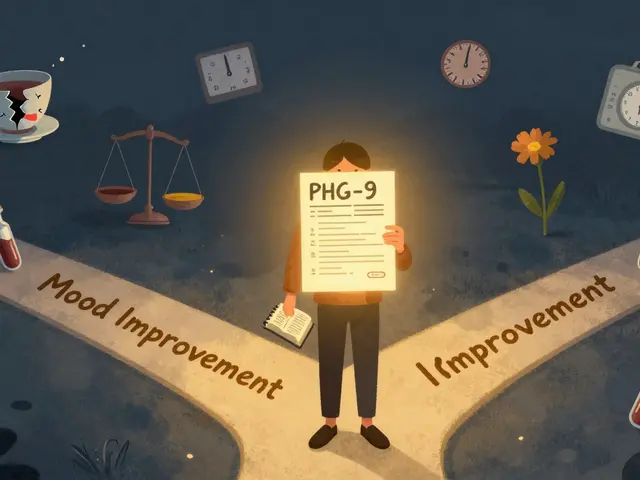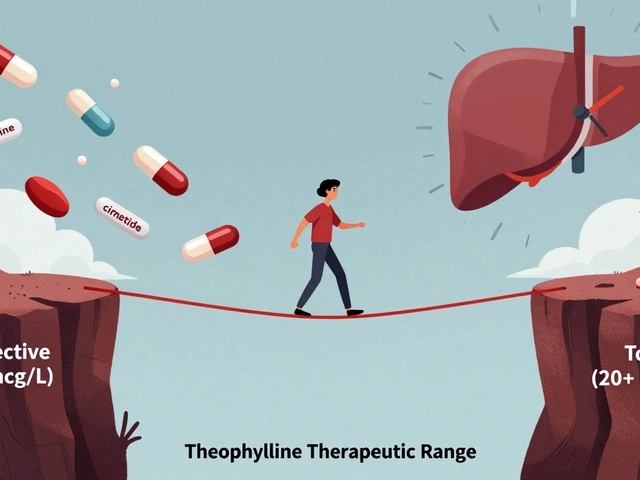Cholesterol drugs: statins, PCSK9s and what works
High cholesterol feels abstract until your doctor shows you a number. Then it becomes urgent. This page breaks down the common cholesterol drugs, why each one is used, what to watch for, and simple tips for talking to your clinician.
Common types and how they work
Statins are the go-to. They lower LDL (the ‘bad’ cholesterol) by blocking cholesterol production in the liver. Examples include atorvastatin, simvastatin, and rosuvastatin. Statins cut heart attack and stroke risk — they’re the first choice for people with high LDL, diabetes, or existing heart disease.
Ezetimibe works differently: it reduces cholesterol absorption from food in your intestine. Doctors often add it when statins alone don’t hit targets or when patients tolerate only low-dose statins.
PCSK9 inhibitors are newer, powerful injectables (like evolocumab and alirocumab). They’re used when LDL stays high despite other meds, or if someone can’t use statins. They lower LDL dramatically but cost and access can be barriers.
Other options include bile acid sequestrants (safe but can cause bloating and constipation), fibrates (better for very high triglycerides), niacin (less used now due to side effects), and bempedoic acid (an oral option for statin-intolerant patients).
What to expect and practical tips
Side effects vary. Muscle aches are the most reported complaint with statins — usually mild, but tell your doctor if pain is severe or you feel weak. Rarely, statins affect liver tests; doctors check liver enzymes before and during treatment. PCSK9 injections can cause injection-site reactions. Ezetimibe is usually well tolerated.
Monitoring is simple: you’ll get a lipid panel (LDL, HDL, triglycerides) a few weeks after starting or changing a drug, then every 3–12 months depending on your risk. If you’re on a statin, routine liver enzyme checks aren’t needed for everyone, but follow your doctor’s plan.
Drug interactions matter. Grapefruit juice can raise blood levels of some statins (like simvastatin). Tell your prescriber about other meds, supplements, and even over-the-counter products to avoid surprises.
Combine drugs with lifestyle changes. Medication helps, but quitting smoking, cutting trans fats, losing excess weight, and regular exercise multiply benefits. Small changes add up: swapping fried food for grilled or steaming, adding a weekly walk, and choosing whole grains can move your numbers.
If you can’t tolerate a statin, don’t assume you’re out of options — ask about ezetimibe, bempedoic acid, PCSK9 inhibitors, or lower-dose statin plus another drug. Also ask your doctor whether your long-term heart risk justifies more aggressive treatment.
Want help preparing for a visit? Bring a list of current meds, your most recent lab results, and a clear goal (for example: “I want to reduce my LDL by 40%”). That keeps the conversation focused and practical.
Questions about cost or online pharmacies? Always use licensed pharmacies, keep prescriptions, and check with your clinician before changing doses. If cost is a barrier, ask about generics, manufacturer programs, or alternative drugs with similar benefits.
Vytorin: Uses, Side Effects, Dosage, and How It Works for Cholesterol
Vytorin is a combination medication widely used to treat high cholesterol. This article covers how Vytorin works, who should use it, what side effects might pop up, and tips for safe use. It also explores patient experiences, things to avoid while on the medication, and practical advice for making the most of this cholesterol fighter. Easy language, practical tips, and real insights make it useful whether you’re just curious or considering this drug for yourself.






